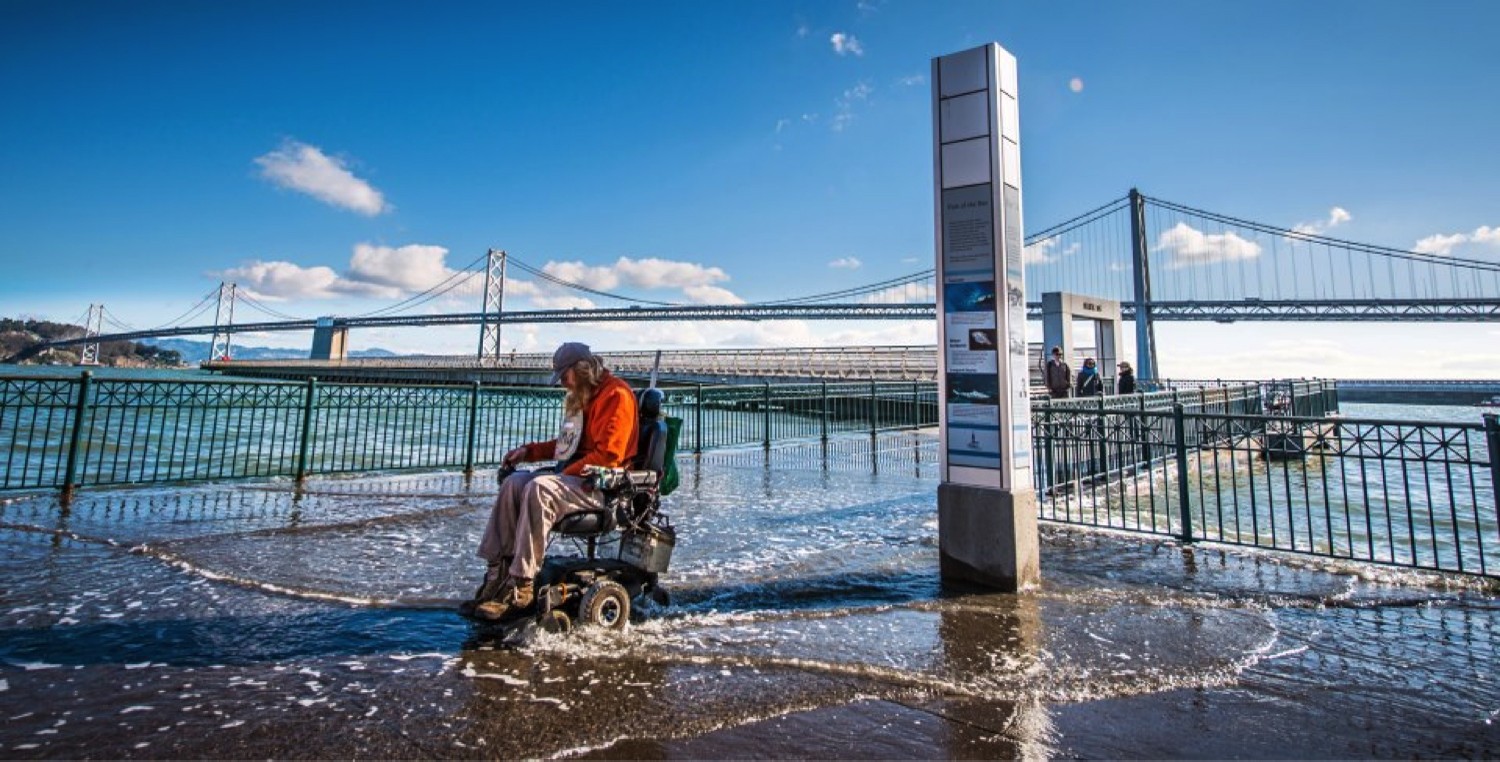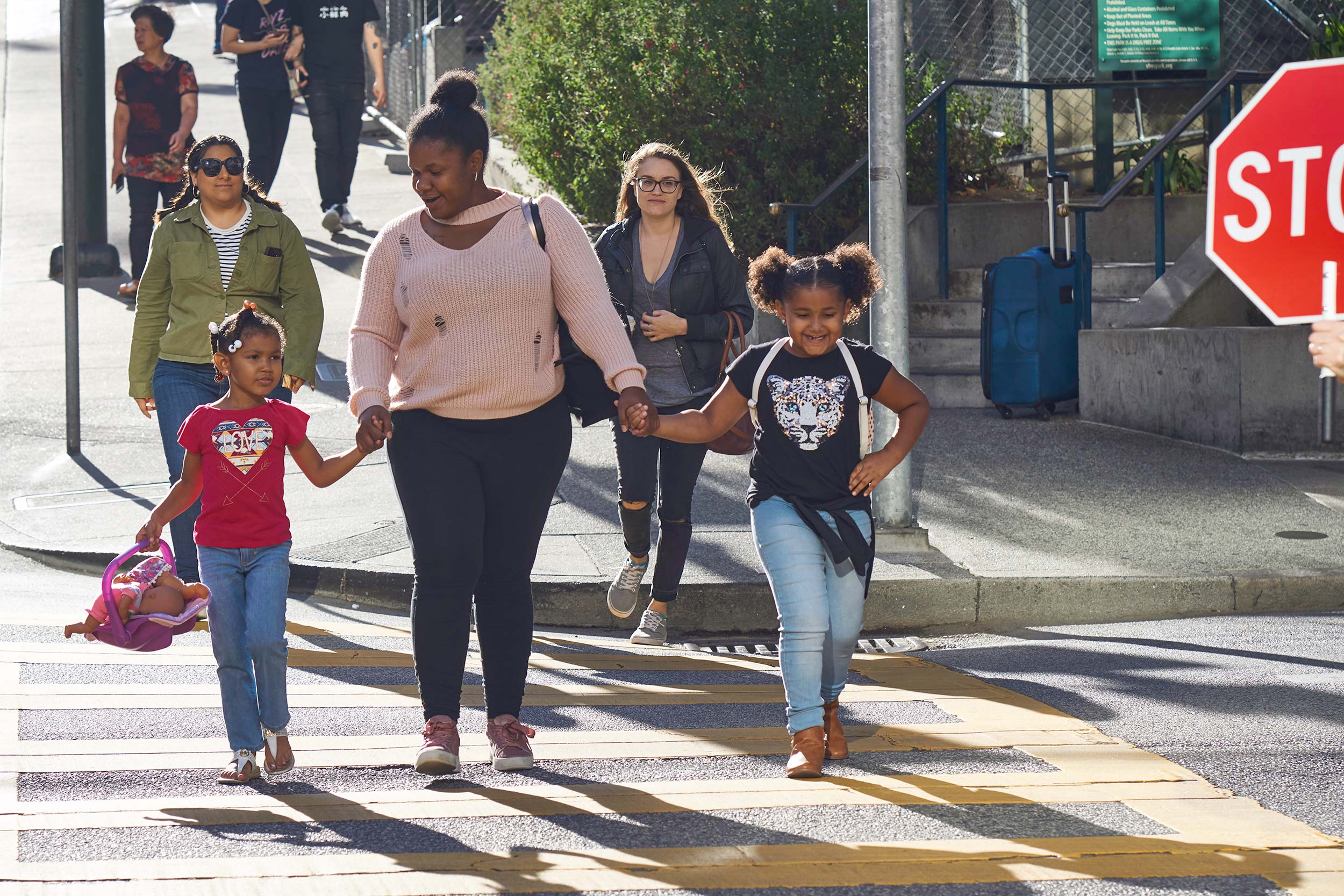FAQ
Why is the Hazards and Climate Resilience (HCR) Plan necessary?
It is critical to reduce the health, economic, and environmental risks that San Francisco communities face from natural hazards and climate change impacts before they occur. As San Francisco’s FEMA-approved Local Hazard Mitigation Plan, the HCR makes San Francisco eligible for federal hazard and flood mitigation grant funding before and after a Presidentially-declared disaster. FEMA requires the Local Hazard Mitigation Plan be updated every five years. In addition, the HCR fulfills State requirements to undertake climate adaptation planning per Senate Bill (SB) 379.
When was the HCR adopted and approved?
The HCR was adopted as San Francisco's 2020 Local Hazard Mitigation Plan by the Mayor and Board of Supervisors on June 16, 2020 and approved by the Federal Emergency Management Agency (FEMA) on July 21, 2020.
How was the HCR developed?
The Office of Resilience and Capital Planning (ORCP) led the HCR drafting and development process, which lasted from June 2018 through June 2020 when the Plan was adopted. Work was guided by a Steering Committee with 5 core departments. In addition, ORCP led engagement with over 25 City agencies through the Planning Team, comprised of staff with expertise in hazards, asset management, and mitigation and adaptation capabilities.
Community engagement included five thematic workshops with leaders of community-based organizations, non-governmental organizations, and other groups that serve the San Francisco community, especially vulnerable populations. A public survey was distributed during the stakeholder workshops and available online from July 2019 to September 2019. The survey had nearly 600 responses. For more information, please see this summary of the community engagement process and findings.
What are the City’s next steps?
The City is working to advance implementation of the strategies through various projects, planning efforts, and policy making. As required by FEMA, the Office of Resilience and Capital Planning will maintain and evaluate implementation of the HCR on an annual basis. This involves assessing any new hazard events in San Francisco, changes to risks or vulnerabilities, progress towards implementing the existing strategies, and any new strategies needed.
How does the HCR relate to the Safety & Resilience Element of the General Plan?
The HCR serves as the implementation roadmap for the hazard mitigation and climate adaptation policies of the Safety & Resilience Element. State law (SB 379) requires that when the Hazard Mitigation Plan is updated, the Safety & Resilience Element is also updated for consistency. The HCR and Safety & Resilience Element are currently linked by reference. The General Plan can be found here. In 2022, the Planning Department conducted a more in-depth update to the Safety & Resilience Element to ensure the policies align with HCR goals and strategies. More information is available here.
How does the HCR relate to the Climate Action Plan?
The HCR supports and coordinates with the San Francisco Climate Action Plan, which charts a pathway to achieve net zero greenhouse gas (GHG) emissions by 2050 and works toward addressing racial and social equity, public health, economic recovery, resilience, and providing safe and affordable housing to all. Reducing global GHG emissions is crucial to avoiding the most severe climate disruptions. Strategies in the HCR help San Francisco adapt to climate change impacts we are already experiencing and future impacts that are unavoidable due to historic and future global GHG emissions. At the same time, HCR strategies were evaluated for their contribution towards eliminating GHG emissions.
Is the HCR San Francisco’s first plan addressing these issues?
No, the Hazards and Climate Resilience Plan is serving as an update to the 2014 Hazard Mitigation Plan (HMP) and will underpin the City’s next Climate Action Plan and General Plan Safety & Resilience Element update. However, the HCR was the first time that the City created a combined hazard mitigation and climate adaptation plan.
What types of actions is the City and County of San Francisco taking to address hazards and climate resilience?
Here are some examples of things that numerous departments are doing to create a more resilient city:
• Strengthening the Embarcadero Seawall for seismic and flooding risks, and sea level rise caused by climate change
• Partnering with the U.S. Army Corps of Engineers on a study to better understand flood risk along 7.5 miles of the Eastern shoreline
• Assessing citywide public infrastructure vulnerability to sea level rise and flooding, and potential consequences for people, the economy, and the environment
• Developing strategies for addressing flooding around Islais Creek, which experiences combined coastal and overland flooding today
• Implementing anti-erosion projects to protect critical infrastructure at Ocean Beach
• Requiring new waterfront developments to build sea level rise adaptation into their plans and help fund adaptation efforts
• The Department of Public Health and the Department of Emergency Management are working to operationalize the objectives of Executive Directive 18-04: Improving San Francisco’s Response to Future Air Quality Incidents.
• Providing services, information, and research through the Department of Public Health’s Climate and Health Program.




